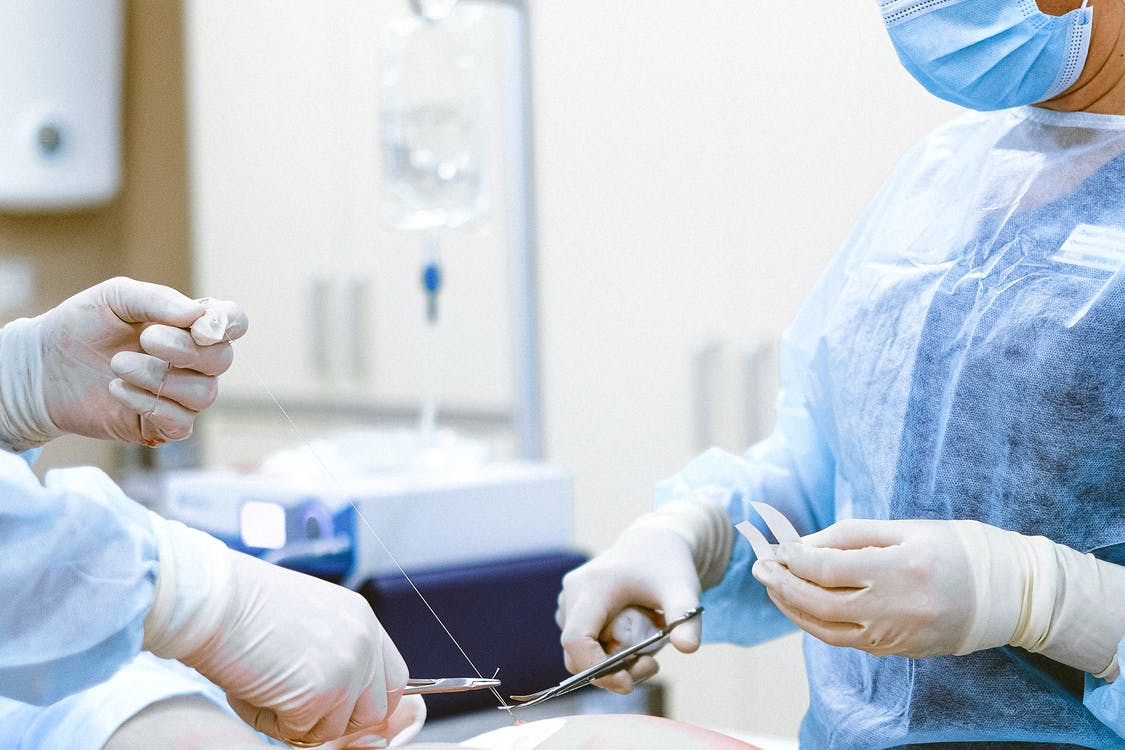Latest News
What Oculoplastic Surgery Entails

An Oculofacial Plastic Surgeon, also known as a Facial Reconstructive Surgeon or Oculoplastic Surgeon, specializes in reconstructive and cosmetic aspects of the aging face with nonsurgical and surgical approaches. Reconstructive Facial Surgery can be used to help improve the appearance of the eyelids, cheeks, ears, chin, nose, and eyebrows. Moreover, oculoplastic surgery is designed to address genetic malformation, facial fractures, or other types of facial trauma and help improve your overall health and well-being. In this article, we will discuss more on oculoplastic surgery and why you should have your facial reconstruction in Scottsdale.
Conditions We Treat with Oculoplastic Surgery
Oculoplastic surgery can be used to treat several conditions, that include:
· Facial injuries: Trauma that affects the eyelid, orbit, or eye
· Entropion: This is a condition where the lower or upper eyelid turns inward, causing the eyelashes and skin to rub against the eye
· Tumors: Malignant or benign tumors of the orbit, eyelid, or eye.
· Blow ptosis: Drooping of the eyebrow
· Blocked tear ducts: From birth or caused by illness or injury, among other problems with tear production.
· Eyelid growths: Malignant or benign growths on the face or eyelid
· Ectropion: This is when the lower eyelid sags and turns out, resulting in exposure of the eyeball
· Blepharoptosis: This is a condition caused by extra fat or eyelid skin above and below the eyes.
What Are the Common Types of Facial Reconstructive Surgery?
Various reasons could necessitate facial reconstructive surgery, such as sports injuries that affect the muscular and bone structure of the mouth and face or physical trauma from serious car collisions. There are numerous types of facial reconstructive surgery that can be used to address these issues, including:
- Cleft lip treatment
- Palate modification
- Tissue repair following cancer treatment
- Facial reanimation
- Otoplasty and ear reconstruction surgery
- Treatment for facial paralysis
- Scar repair and removal
The type and extent of facial reconstruction surgery also depend on the patient’s medical history and the severity of the facial trauma that led to the need for the surgery. Nonetheless, the goal of facial reconstructive surgery is to improve the function of affected tissues and give the patient an appealing facial appearance.
Racial Reconstructive Surgery: Procedure and Care
Facial reconstructive procedures can be performed in an outpatient surgery center, the surgeon’s office-based surgical facility, or a healthcare center. Before the initial procedure, the surgeon will conduct a thorough medical evaluation and determine whether to use the patient’s tissue, such as cartilage or skin, to reconstruct the affected area.
The procedure also involves the use of local anesthesia to ensure that the patient is comfortable during the facial reconstruction procedure. Moreover, the surgical team may opt to use general anesthesia for more invasive surgical procedures, which causes the patient to fall into a deep sleep. Regardless of the severity of your facial trauma, your surgeon will design a suitable treatment method before the actual facial reconstruction procedure.
Facial reconstruction procedures have proven to effectively treat several cosmetic and functional issues of the face and neck. Consult Dr. Dustin Heringer, MD, a board-certified Oculofacial plastic and cosmetic surgeon at the Arizona Ocular & Facial Plastic Surgery in Scottsdale, Phoenix, and Peoria, Arizona, for satisfactory facial results.
Umar Nisar was born and raised in the busy city of Abbottabad. As a journalist, Umar Nisar has contributed to many online publications including PAK Today and the Huffing Post. In regards to academics, Umar Nisar earned a degree in business from the Abbottabad UST, Havelian. Umar Nisar follows the money and covers all aspects of emerging tech here at The Hear Up.
Thanks










